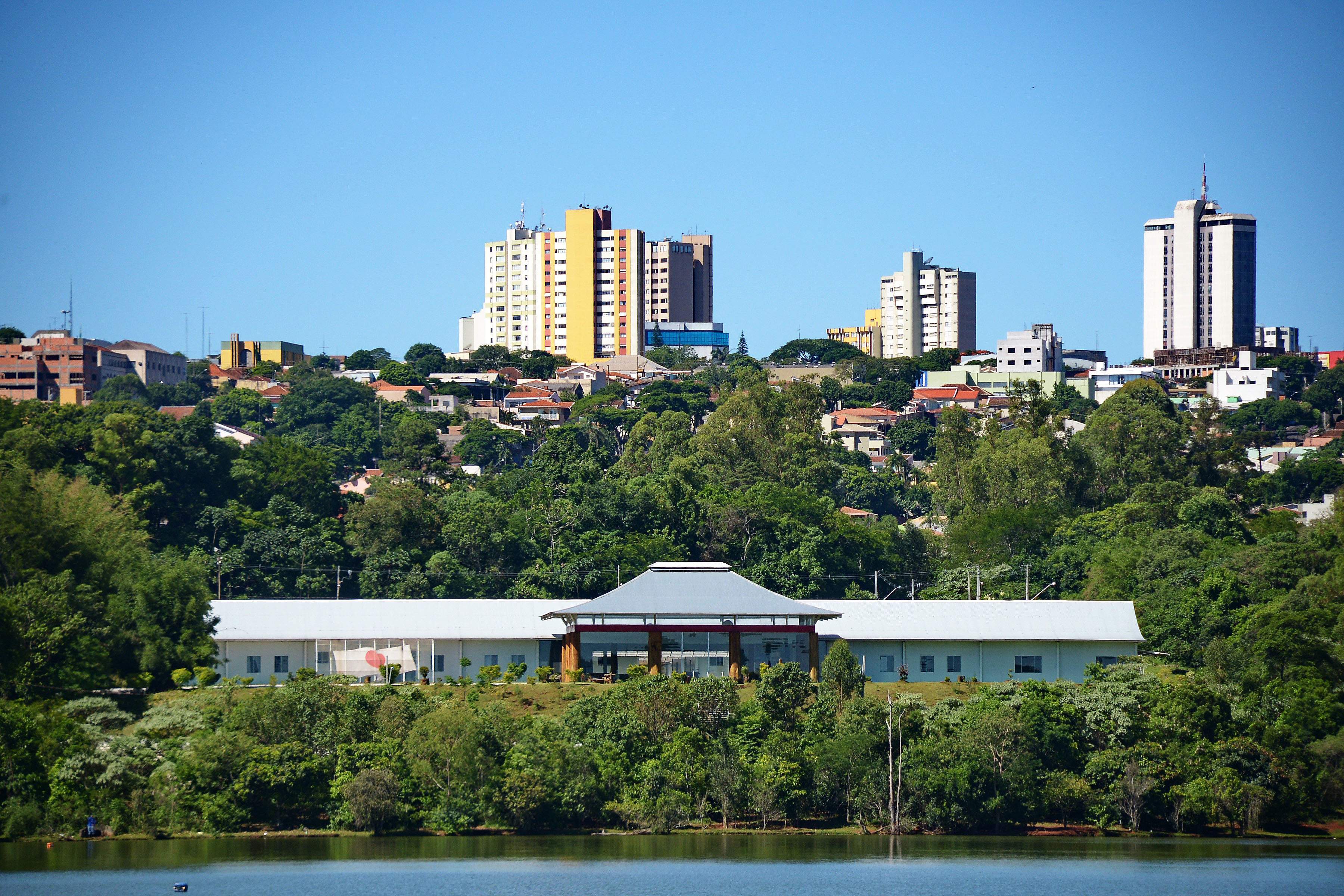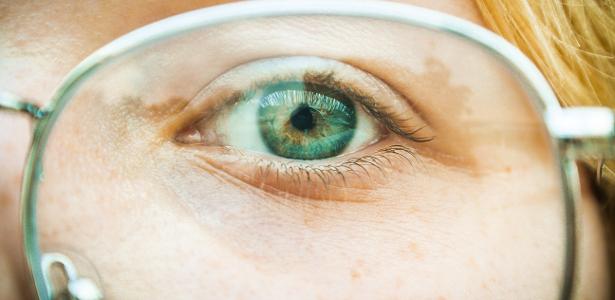
The metaverse does not currently hold the same place in the spotlight as it did during the first half of 2022. However, the changes brought about by its spread are still reverberating. During Rio Innovation Week, Professors Andre Paz and Andre Aquino highlighted the transformative role transformation can play in the future of Brazilian universities.
Mixing the real and the surreal
On Friday (6), during a panel discussion entitled “Metaverses and the future of universities”, held on the track “RIW & Meta Mundo”, Professor Andre Paz commented on the use of metaverses in universities using the institution where he works as an example. Assistant Professor, Federal University of the State of Rio de Janeiro (UNERIO).
Since July of this year, Unirio has had a virtual version of Empreende, a project dedicated to enhancing communications and collaboration that makes it possible to test the limits and possibilities of the metaverse. Moreover, Paz comments that the space has also emerged to modernize laboratories and incubate companies, with professors and researchers from different fields of knowledge.
The Empreende Project’s headquarters is in the Metaverse
“The idea behind such initiatives is to welcome a non-gaming audience through the metaverse, and adapt the technology to the needs and interests of other social groups,” Paz says during his presentation.
To attract new users to the Metaverse that has been created, Paz says Empreende combines the real and the surreal. Realistically, the Empreende space was created in the virtual version of Urca, the same place where Unirio is located.
Reconstructing the Unirio metaverse in Urca
As for the surreal part, the Unirio assistant professor says the model for the Empreende building in the metaverse was inspired by the São Paulo Museum of Art, but without the columns. “It doesn’t have to be a pole to hold it up, as there are no physical restrictions,” Paz explains. “The idea is to work on realism to welcome new people, while introducing surreal elements of transformation.”
Moreover, the relationship between the Metaverse and universities is a two-way street, in Paz’s assessment. “This virtual environment should capture things that are already happening within the university and try to improve them, and the university itself should suggest changes in the Metaverse,” he points out.
Project Empreende meeting room in the metaverse
Reimagining concepts in teaching
University is more than just teaching, highlights Andre Aquino, professor at the Faculty of Arts, Sciences and Humanities at the University of São Paulo (USP). It is a combination of processes that includes, in addition to teaching, pillars such as research and management.
Aquino says the popularization of virtual universes could bring about changes in these dynamics. He believes that “issues such as attendance, the role of the teacher and teaching need to be reconsidered with the arrival of transformation.”
Aquino is also one of the coordinators of Metalab, a research and innovation group at the University of the South Pacific dedicated to studying the impacts and opportunities of adopting virtual worlds and the Metaverse in organizations and society at large.
The University of the South Pacific professor confirms that the idea of there being a single virtual world that connects people is an imaginary idea. Universities have to be prepared to accept the existence of different virtual worlds, with different types of technology, inclusion and openness. It is therefore necessary to accept the idea of interoperability.
Despite the ongoing transformations in higher education brought about by transformation, Aquino emphasizes that this relationship is still in the experimental stage. “We are still in a period of so-called hype, which does not think much about the best ways to apply technology,” highlights the USP professor.
At this point, one of the biggest challenges in creating immersive experiences is content creation, in Aquino’s opinion. The goal is to overcome this barrier and reach a more mature stage of participation.
“It is still necessary to find other ways to distribute content en masse, perhaps through 3D solutions, and distribute content to teachers in fields other than technology, such as the social sciences and humanities,” Aquino adds.
Moreover, Aquino argues that transitions should not replicate the current reality, which represents wide gaps in inequality. The virtual world must create openness, with new spaces for interaction, and generating opportunities.
“For example, people with augmented reality glasses and those who don’t already replicate the dynamics of inequality in the real world. The virtual layer should work to build something better and more inclusive,” concludes the USP professor.
Read more:

“Friendly zombie guru. Avid pop culture scholar. Freelance travel geek. Wannabe troublemaker. Coffee specialist.”



:strip_icc()/i.s3.glbimg.com/v1/AUTH_59edd422c0c84a879bd37670ae4f538a/internal_photos/bs/2023/C/5/A4lWrPQSSw0QsBXkdijQ/greve-medicos.jpg)



